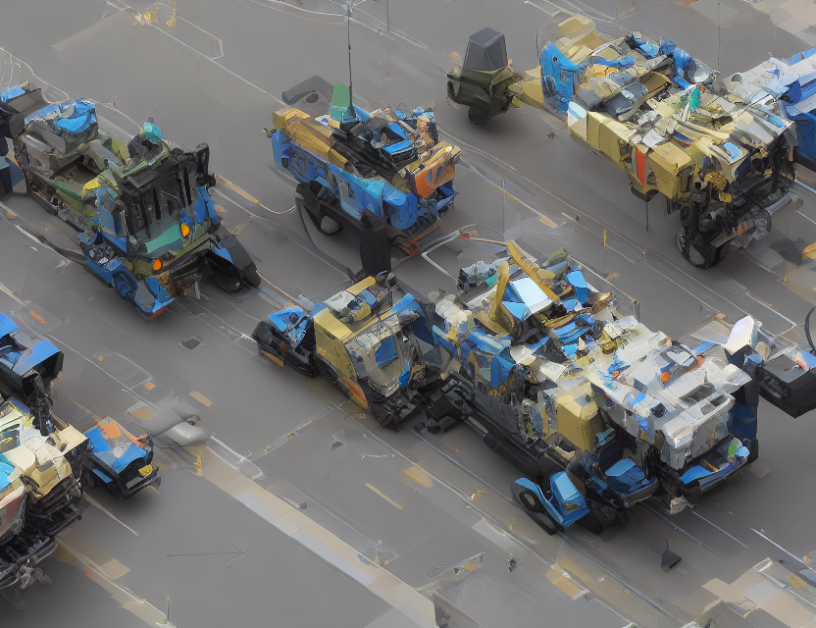- In this article, we will explore the use of deep learning techniques in computer vision, including convolutional neural networks (CNNs) and transformers.
Section 1: Convolutional Neural Networks (CNNs)
- CNNs are a type of deep learning model that have shown great success in image classification tasks.
- These models use convolutional layers to extract features from images, followed by pooling layers to reduce the dimensionality of the data.
- The fully connected layers then classify the images based on their features.
Section 2: Transformers
- Transformers are a type of deep learning model that have recently gained popularity in computer vision tasks.
- Unlike CNNs, transformers do not use convolutional or pooling layers. Instead, they rely on self-attention mechanisms to process the image features.
- This allows transformers to capture long-range dependencies in the image data, making them particularly useful for tasks such as image captioning and visual question answering.
Section 3: Attention Mechanisms
- Attention mechanisms are a key component of both CNNs and transformers.
- In CNNs, attention is used to selectively focus on certain parts of the image when making predictions.
- In transformers, attention is used to weight the importance of different parts of the image when computing the overall representation.
- Both types of attention allow the model to selectively focus on the most relevant features when making predictions.
Section 4: Image Captioning and Visual Question Answering - Image captioning involves generating a natural language description of an image.
- Visual question answering involves generating answers to questions about an image.
- Both tasks require the ability to understand the content of the image and generate coherent and meaningful text.
- Deep learning models have shown great success in these tasks, particularly when combined with attention mechanisms.
Conclusion
- In conclusion, deep learning techniques such as CNNs and transformers have shown great promise in computer vision tasks.
- Attention mechanisms are a key component of these models, allowing them to selectively focus on the most relevant features when making predictions.
- Image captioning and visual question answering are two important applications of these models, with deep learning models showing great success in these areas as well.



